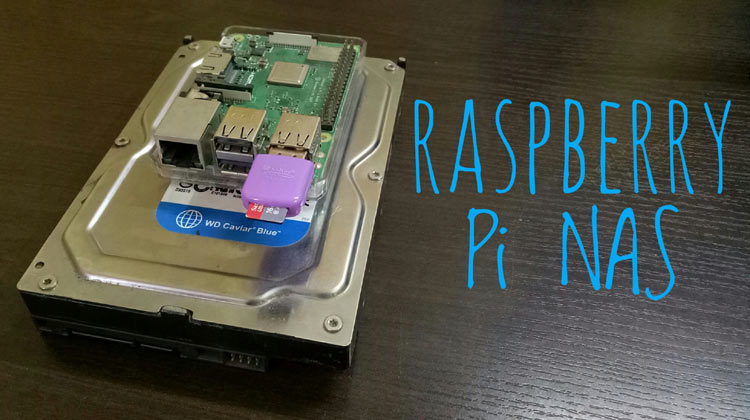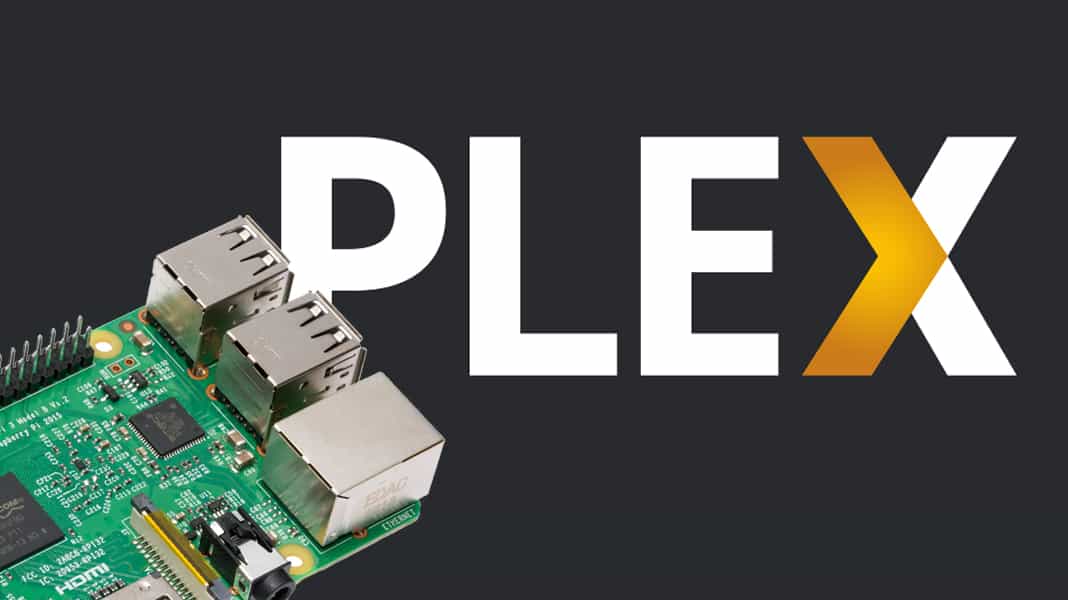

- #Plex media server raspberry pi movie
- #Plex media server raspberry pi install
- #Plex media server raspberry pi upgrade
- #Plex media server raspberry pi code
#Plex media server raspberry pi code
Run the following code to start the DHCPCD service and open the configuration file in nano: sudo service dhcpcd start Some routers have the ability to set static IPs in the admin interface, if yours does then assign one there. sudo reboot 0 Setting Up Plex Server on Your Raspberry Pi Static IP For Your Plex Server So now that we have finished setting up the hard drive(s) we can move on but let us do a quick reboot first. Press Ctrl + X, then Y and Enter to save the file. Before the # at the end of the file we are going to add: /dev/sda1 /mnt/hd1 ntfs defaults 0 0 We are going to be adding a new line for each drive we want to add, I will be using two like before. Let’s open fstab in nano my personal choice for making simple changes to files. You should always make backups before making any changes to the system. We are going to be editing a sensitive file so the first thing we should do is make a backup. So, we have our drives mounted but we want this to happen every time the Raspberry Pi boots. Next, we need to mount the drives so we can access our files: sudo mount -t ntfs-3g -o uid=1000,gid=1000,umask=007 /dev/sda1 /mnt/hd1 If you are only using one external drive you can skip hd2, and if you are using more you can just keep incrementing the number until you reach the number of drives you will be using.

It will then set the permissions on the directory. The above command will make two new directories for us inside the /mnt folder.


Sudo mkdir /mnt/hd2 & sudo chmod 775 /mnt/hd2 sudo mkdir /mnt/hd1 & sudo chmod 775 /mnt/hd1 I am going to be using the naming convention of hd1, hd2, etc, etc. Let’s make a folder structure where we can mount our drives. Take note of the path(s) (example: /dev/sda1) of your drive(s) we will need to use the paths later. In the above image, you can see an example output from the command above my external drives are named Reserved and EXTHD. So we have our hard drive(s) ready, now we need to find the path we can list all the hard drives with a simple command: sudo blkid
#Plex media server raspberry pi install
If your hard drive is using the NTFS filesystem you will need to install the following: sudo apt update & sudo apt install ntfs-3g -y If you are not using any external hard drives you can skip this section. If your hard drive is using an EXT4 file system you can skip installing the NTFS or FAT32 file systems. SD Cards will not last forever if you are constantly reading from and writing to them.
#Plex media server raspberry pi movie
Since we are running a movie server we will need a decent amount of space to store our movies and TV shows.
#Plex media server raspberry pi upgrade
Run the following command in your console: sudo apt update & sudo apt upgrade -y & sudo reboot 0Īfter the Pi is done rebooting you will be ready to continue to the next steps. Before going any further let us quickly update our Raspberry Pi so we have all the latest packages. It will guide you through setting up your device. So if you are unsure please check out that article before continuing. You are going to want to use a headless setup, there are few methods of doing this but I cover one in Headless Raspberry Pi Setup.


 0 kommentar(er)
0 kommentar(er)
